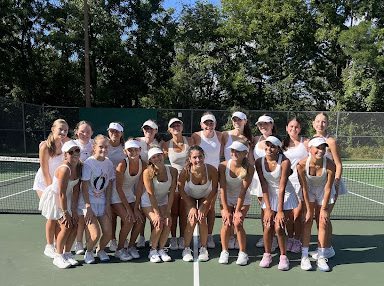Metal straws won’t save oceans
EDITORIAL – It started with a viral video taken by Christine Figgener, a marine biologist at Texas A&M University. Figgener and her team discovered a sea turtle off the coast of Costa Rica with an alarming problem–a plastic straw was deeply embedded in its nose. The video of the turtle was met with widespread concern, and led to the growth of demands for companies and cities to forego usage of plastic straws. Since then, companies like American Airlines and Starbucks have pledged to stop offering plastic straws to customers altogether within the next few years. In addition, the campaign spread to individuals on social media, as those touched by the video urged others to refuse plastic straws to protect both sea turtles and the environment.
To think that only giving up plastic straws could possibly help the health of our oceans is, at the very least, misguided. Straws make up a mere 0.025% of the plastic found in our oceans today, according to the UN Environment Program. And while there have been records of birds, sea turtles, and other marine life choking to death on plastic straws, there are far more cases of animals being found with stomachs full of all sorts of plastics. According to one study by scientists at the University of California Santa Cruz, nearly 90% of all seabirds have consumed plastic to some extent.
Clearly, sea animals are consuming far more than only straws. Even if plastic straws were somehow globally banned, plastic from cups, bags, food packaging, and more single-use items would still end up in landfills or the ocean at nearly the same alarming rate. Environmental group Ocean Conservancy estimates there are already over 150 million metric tons of plastic waste circulating in our oceans, increasing at a rate of 8 million tons every year. Giving up straws isn’t enough–to begin attacking the problem, we need to start by cutting out single-use plastics of all sorts.
In spite of this, many continue to push specifically for the ban of plastic straws. Banning any single-use plastic is, of course, beneficial—it is a start towards bringing greater attention to an issue of growing magnitude. However, it is just this—a start. You can’t stop at this minuscule effort and truly consider yourself an “environmental activist”. The same goes for corporations. Any kind of change in the direction of reducing plastic consumption is helpful, but stopping at plastic straws when so much more can be done is incredibly negligent. It can be challenging for companies to make environmentally-friendly transitions in an economically viable fashion, but these changes must continue until Earth is no longer a net producer of waste. Even Christine Figgener, who originally posted the viral video which inspired so much empathy and action, recognizes this. In reference to widespread efforts to ban plastic straws, during an interview with TIME Magazine, she states “I hope this is the first step.”
For those looking to make their first steps into reducing their personal plastic consumption, reusable cups and bottles are an easy way to start. Investing in reusable shopping bags, getting takeout less often, and using only reusable containers for lunches on the go are all easy ways to continue reducing plastic waste. Once transitions like these have been made, it’s easier to switch to buying foods in bulk to limit packaging, or finding creative ways to eliminate plastic waste from your life using the resources in your neighborhood. And for those still concerned about the welfare of marine life, groups like Sea Turtle Conservancy and The World Wildlife Fund are both reputable foundations working towards preserving our oceans and their unique ecosystems.






